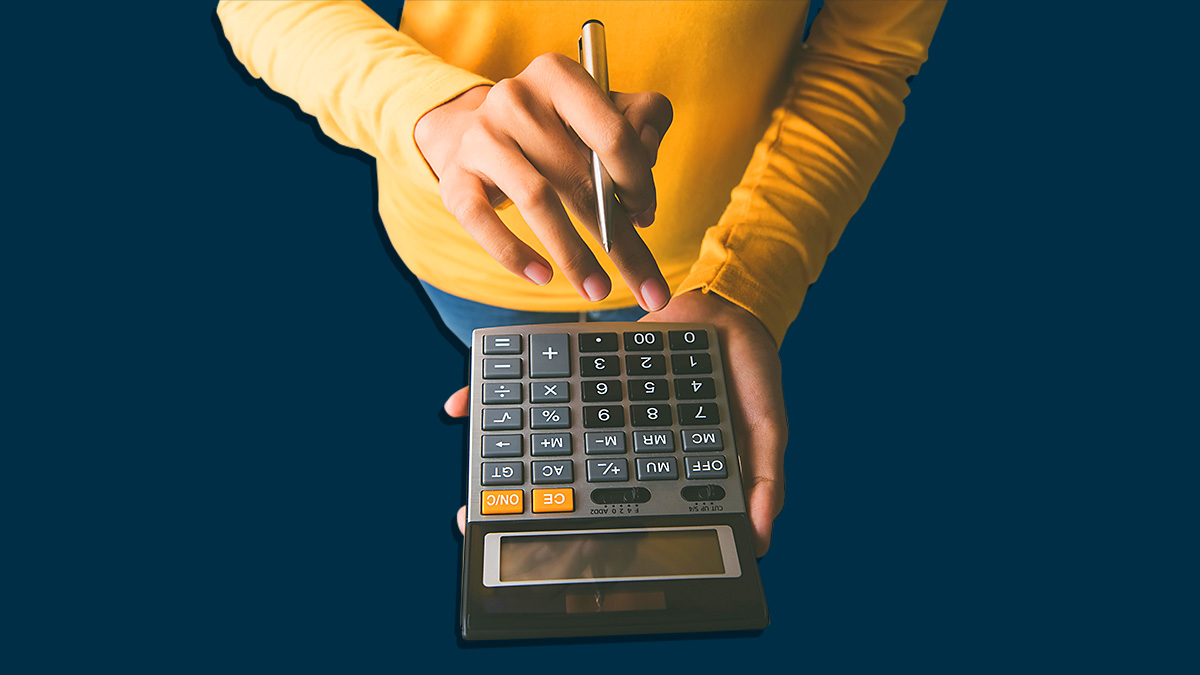Get our independent lab tests, expert reviews and honest advice.
How to claim on the disability insurance in your super

Need to know
- Millions of Australians have disability insurance through their super. Funds often provide this insurance automatically, and many people don't know they have it
- This cover can provide a payout if you have to stop working because of illness or injury
On this page:
- The different types of disability insurance
- How to find out what cover you have
- How to start making a claim
- What to expect from your super fund and your insurer
- How your doctor can help with your claim
- Helpful tips
Most super accounts automatically include disability insurance. They take the fees for this insurance out of your super balance.
Making a disability insurance claim can be a very taxing time. You’ve already lost your ability to earn a living and are adjusting to your new life when you have to go through what can be a lengthy and unfamiliar claims process.
To help with the process, we’ve put together some practical advice on how to know if you’re eligible to make a claim and what to expect.
The different types of disability insurance
The general idea behind disability insurance in your super is that it provides financial support if you can no longer work.
If an illness or injury means you can’t ever work again, you can claim on your total and permanent disability insurance (TPD). This insurance usually provides a lump sum to make up for the future income you have lost.
If you’re ill or injured and can’t work temporarily, you can claim on your income protection insurance. This insurance provides financial support for a set period, for instance two years. Not all funds include this cover automatically.
If you have multiple super funds, you may be able to make multiple claims
If your illness or injury has forced you out of your old job, but you can work in a different field, you may still have a claim, depending on your policy.
Own occupation vs any occupation
There are two types of policies – ‘own occupation’ and ‘any occupation’.
If you have an ‘own occupation’ policy, the insurer will assess whether you can no longer do the job you had before your disability. If you can’t do the same job, you’ll get a payout.
If you have an ‘any occupation’ policy, the insurer will assess whether you can do any work suited to your education, training or experience.
‘Any occupation’ policies are more common in disability insurance in super.
If you’re unclear what type of policy you have, it’s well worth double-checking with your fund (more on this later).
Note that income protection insurance doesn’t protect you if you lose your job for reasons other than injury or illness, for example, if your employer makes you redundant.
Finally, it’s worth remembering that if you have multiple super funds, you may be able to make multiple claims on your total and permanent disability insurance policies.
How to find out what cover you have
Many Australians don’t know which fund they have a super account with or what insurance they’re paying for through their super.
The first step is to find out which fund(s) are looking after your super. The easiest way to do this is:
- Sign in to MyGov.
- Select ‘Australian Taxation Office’
- Select ‘Super’.
Once you’ve worked out which fund(s) are looking after your money, you can contact them to check what cover you have. You can ring the fund (they’ll ask some questions to verify your identity) or log into its online portal or app.
How to start making a claim
Letting your super fund know about your situation is the first step to making a claim.
Financial Rights Legal Centre (FRLC) recommends that you request the following information when you contact your fund.
- Confirmation of the level of cover you held on the date when injury or illness forced you out of work.
- A copy of the insurance policy that was in place on this date (including the product disclosure statement [PDS]).
- Any claim forms you need to complete (for example, your fund may send you a proof of identity form).
The insurer involved in the claim will usually send you a form to sign to allow them to collect information about you to assess the claim.
What to expect from your super fund and your insurer
It can be confusing that both your fund and their insurer are involved in the claim.
Your first point of contact is with your super fund, who’ll work with the insurer. The fund’s role is to oversee the claims process and ensure the insurer is doing the right thing. If the insurer rejects your claim, your fund will review this decision.
The insurer will assess and decide on your claim.
Some insurers assign you a claims consultant. This consultant will be your point of contact throughout the claim.
Your insurer may contact you if they need more information on your claim.
Let the fund know if you’re getting other financial support for your disability
An important point about income protection insurance, which covers you for short-term illness or injury, is that the insurer will reduce your payments if you’re receiving any other income. So, if you’re receiving $5000 a month from worker’s compensation, you’ll get $5000 a month less on your income protection insurance payments.
Examples of other income can include:
- sick leave
- payments from other income protection insurance policies (e.g. at other super funds)
- motor accident compensation
- worker’s compensation
- Centrelink payments such as JobSeeker or the Disability Support Pension.
How your doctor can help with your claim
It’s a good idea to see your doctor as soon as possible to get a record of your illness or injury and when it stopped you from working. Many claims are slowed down by lack of documentation, so it’s useful to get as much evidence of your illness or injury as you can.
FRLC recommends that when you make an appointment with your doctor to discuss your illness or injury, you take both the doctor’s statement form provided by your fund for them to complete (note this can have a different name, depending on your fund) and the definition of ‘total and permanent disablement’ from your insurance to show your doctor. This definition will be in the product disclosure statement – ask your super fund if you can’t find it.
Many claims are slowed down by lack of documentation, so it’s useful to get as much evidence of your illness or injury as you can
You may also have a claim for worker’s compensation or the disability support pension, for example. There will be different tests for these different support measures, so giving your doctor the relevant information about the insurance in your super will help them best support your claim.
Contact your former employer
Another important form in your claim is the employer form – you’ll need to ask your old employer to fill this out for you.
Let your previous employer know this form is important for your claim and tell them clearly when you need them to complete it.
While some employers can be slack about getting back to you and filling out these forms, remember that it’s illegal for them not to help you.
Helpful tips
TIP 1: Getting a lawyer
FRLC says that you don’t need a lawyer to make a claim. If you do choose to work with a lawyer, they recommend carefully reviewing the lawyer’s terms of service.
It’s particularly important to be clear on how the law firm will work out your fees and whether they’re helping you on a ‘no win, no fee’ basis.
TIP 2: What if you can’t complete all the forms?
Don’t worry if you can’t fill out all the relevant forms straight away. FRLC says it’s fine to lodge your claim and let your fund know you are struggling with the paperwork but would like them to start assessing a claim.
If it’s a straightforward claim, they may be able to decide to pay you without seeing all the forms.
TIP 3: How to get free advice
If you need some advice on your claim, you can contact the Insurance Law Service on 1300 663 464 for free and independent guidance.
They’ve been helping Australians through the insurance claims process for more than 15 years. This service operates Monday to Friday from 10am–1pm (Sydney time).





